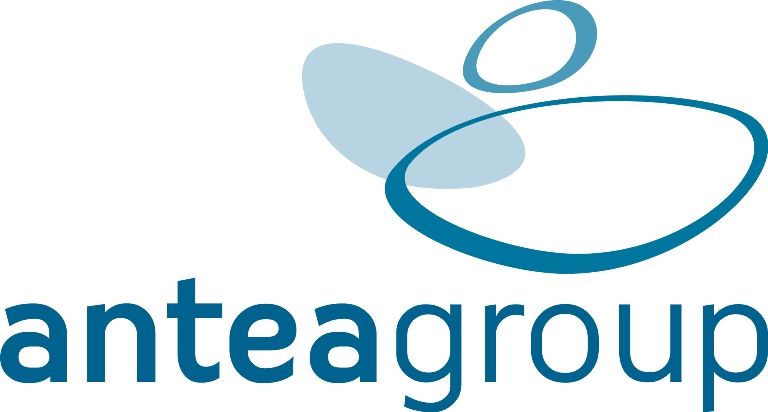PHMSA’s Advisory Bulletin Targets Pipeline Safety Management Systems

In March 2025, the U.S. Department of Transportation issued a strong signal to the pipeline industry: it’s time to embrace Pipeline Safety Management Systems (PSMS). As part of this initiative, Transportation Secretary Sean P. Duffy announced that PHMSA (Pipeline and Hazardous Materials Safety Administration) is encouraging all regulated pipeline owners and operators to voluntarily adopt safety management systems (SMS) based on industry best practices like American Petroleum Institute’s (API) Recommended Practice 1173.
“We are committed to carrying out President Trump’s agenda to unleash American energy in all ways – big and small,” said Secretary Duffy. “Enhancing pipeline safety through innovative management systems is just one way we can boost our energy security and lower costs for the American people.”
The announcement was accompanied by the release of PHMSA’s Advisory Bulletin ADB-2025-01, reinforcing the agency’s long-standing position that PSMS enhances pipeline safety, strengthens operational discipline, and supports a culture of continuous improvement. This effort is also backed by the National Transportation Safety Board (NTSB), which has recommended implementation of PSMS for years.
“Safety Management Systems bring about a much-needed evolution of internal pipeline safety structures,” said PHMSA Acting Administrator Ben Kochman. “We encourage all operators to fully embrace the continuous improvement and safety benefits that come with implementing a pipeline SMS.”
What Is a Pipeline Safety Management System (PSMS)?
A PSMS is a comprehensive, organization-wide framework designed to improve safety performance in pipeline operations. It provides a structured, proactive approach to identifying and managing safety risks, while fostering a culture of accountability and improvement.
PSMS is based on principles outlined within API RP 1173, which was developed by the API in collaboration with PHMSA, state regulators, and stakeholders after incidents like the 2010 oil release into the Kalamazoo River and the San Bruno gas explosion. These events highlighted a critical need for improved safety oversight and risk management within the energy industry.
Why is PSMS so Important Right Now?
While approximately 86% of the 2.3 million miles of U.S. gas distribution pipelines are now covered by some form of PSMS, many smaller operators, especially those serving fewer than 25,000 customers, have yet to begin implementation.
This is where the new bulletin matters. It urges operators, particularly smaller and mid-sized ones, to recognize the scalability of API RP 1173 and to take the next steps in building or maturing their safety management systems. The bulletin also aligns with Section 205 of the PIPES Act of 2020, which directs PHMSA and state authorities to promote and assess PSMS frameworks.
The API RP 1173 Framework: A Proven Path
API RP 1173 provides the basis for implementing an effective PSMS and focuses on building best practices to achieve the following:
- Improve pipeline integrity
- Identify and mitigate safety risks
- Embed continuous improvement into daily operations
- Strengthen coordination between leadership, employees, and contractors
Whether you’re just beginning your safety management journey or looking to refine existing programs, the framework is scalable and adaptable to operators of all sizes.
The 10 Core Elements of PSMS
- Leadership and Management Commitment
- Stakeholder Engagement
- Risk Management
- Operational Controls
- Incident Investigation and Lessons Learned
- Safety Assurance
- Management Review and Continuous Improvement
- Emergency Preparedness and Response
- Competence, Awareness, and Training
- Documentation and Recordkeeping
These elements are not just procedural, they represent an integrated safety program where each function supports and reinforces the others.
Worker Participation: A Critical Factor
Your front-line employees often hold the key to understanding and solving operational risks. That’s why worker participation is a foundational element of a successful PSMS. Employees should be empowered to:
- Communicate risks and identify improvement opportunities
- Assist in developing and reviewing procedures
- Engage in shared learning to prevent repeat incidents
Open communication, transparency, and mutual trust between field personnel and leadership drive the success of any safety initiative, especially a program as critical as PSMS.
The Role of Safety Culture
PHMSA emphasizes that a strong safety culture is the core of effective pipeline safety management. This culture is built through everyday decisions, reinforced by leadership behavior, and sustained by organizational values that prioritize safety above compliance.
A mature safety culture helps eliminate complacency, reduce normalization of risk, and ensure that everyone, from the CEO to the field, feels responsible for safety.
How PSMS Affects Your Business
A robust PSMS program will produce the following:
- Reduce risk of accidents, fines, and operational disruptions
- Improve safety outcomes for people and the environment
- Enhance compliance readiness and adaptability to future regulations
- Increase stakeholder confidence and public trust
- Strengthen operational performance through better coordination and decision-making
Where to Begin
To get started, PHMSA recommends conducting a gap assessment to compare your current practices against those outlined within API RP 1173. From there, the following tasks can be prioritized and pursued:
- Develop a roadmap and define priority actions.
- Create a cross-functional PSMS team.
- Engage leadership and workers in defining safety goals and values.
- Identify and involve internal and external stakeholders.
- Align the PSMS with your business strategy to ensure measurable impact.
Learn more from a real case study: An Action Plan & a Roadmap: Implementing Pipeline Safety Management Systems
Final Thoughts
Pipeline Safety Management Systems are not just about compliance, they’re about leadership, accountability, and protecting what matters most. PHMSA’s latest advisory bulletin, along with endorsements from DOT, the NTSB, and industry associations, makes it clear: adopting PSMS is a critical step for businesses looking to build resilience, reduce risk, and lead with safety.
Do you have questions about your Pipeline Safety Management System? We’re here to help. Get answers to your questions from our team of experts today!

